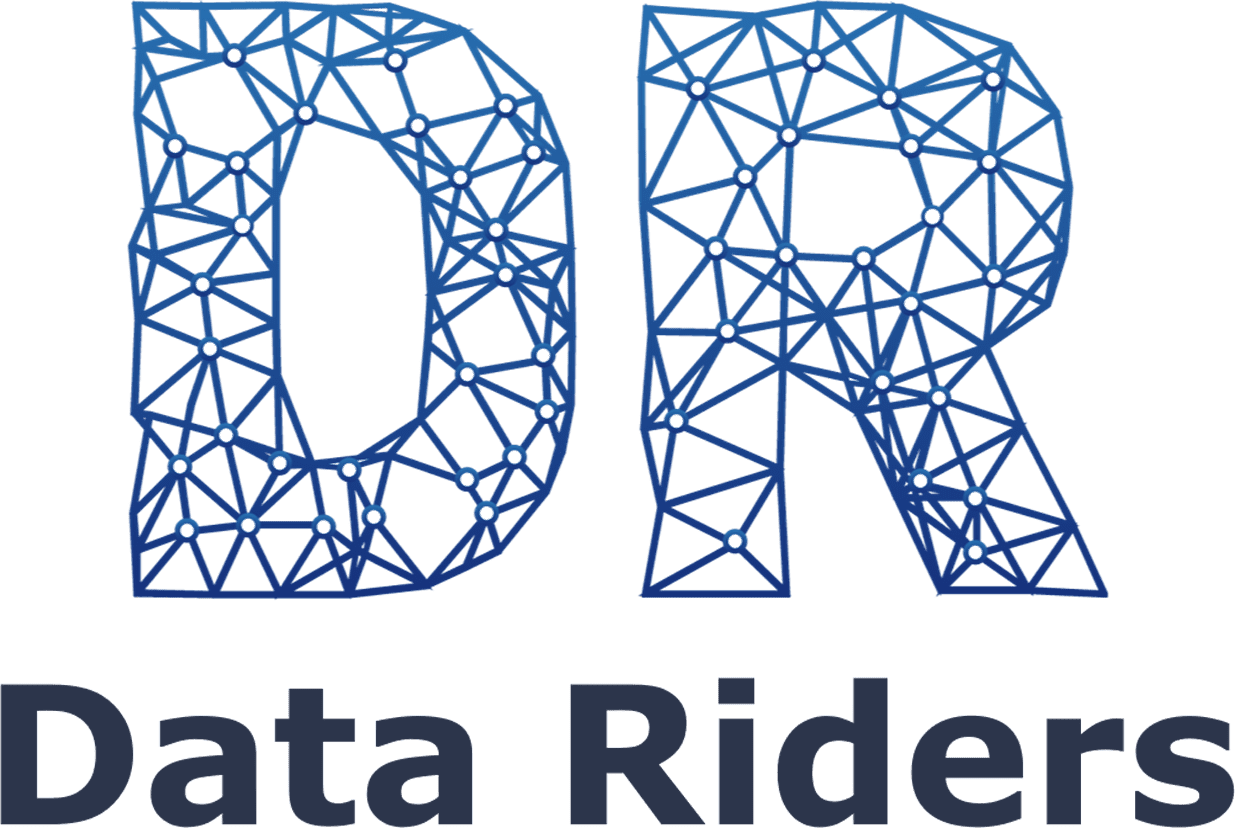The global mining industry is at a tipping point, facing the dual challenge of promoting economic growth while reducing its ecological footprint. At the heart of this issue are two key milestones: the Towards Sustainable Mining (TSM) and the Global Industry Standard on Tailings Management (GISTM). This analysis explores the essence of TSM and GISTM, highlighting their roles as sustainability benchmarks in the mining sector.
Common points
Commitment to sustainability: Both frameworks, TSM and GISTM, champion the cause of sustainable mining, reinforcing the importance of environmental responsibility and respect for communities. Both promote responsible environmental stewardship and genuine engagement with society.
Tailings management: The two standards share the objective of minimizing damage and address several common themes related to governance and the technical aspects of tailings management, offering solid foundations for responsible management.
Transparency and accountability: One of the hallmarks of both standards is the emphasis on public disclosure and independent verification, promoting a culture of transparency and accountability of mining operations.
Stakeholder engagement: Recognizing the profound impact of mining on local communities, both TSM and GISTM prioritize stakeholder engagement, ensuring that those affected have a voice in the process.
Alignment: Since the publication of the GISTM, the Mining Association of Canada (MAC) has made several changes to the TSM’s support requirements and guidance for tailings management, seeking greater alignment between the two standards.
Support Guidance: MAC and ICMM have developed comprehensive guidance to support the implementation of their respective frameworks. These materials are quite similar, reflecting MAC’s direct participation in the development of the ICMM guidelines.
The guidance documents can be downloaded at:
- https://mining.ca/towards-sustainable-mining/protocols-guides/tailings-management-protocol/
- https://www.icmm.com/en-gb/guidance/innovation/2021/tailings-management-good-practice
Divergent paths
Scope and emphasis:
TSM provides a holistic assessment of a mining operation’s social and environmental indicators—including tailings management, biodiversity, health, safety, and relations with indigenous peoples—and is applied to the operation as a whole, not just tailings management.
GISTM, on the other hand, is specifically geared towards tailings management, focusing on six thematic areas throughout the lifecycle of tailings facilities:
- Affected communities;
- Integrated knowledge base;
- Design, construction, operation and monitoring;
- Management and governance;
- Emergency response and long-term recovery;
- Public disclosure and access to information.
While the GISTM incorporates aspects related to stakeholders, water, and biodiversity, in the TSM these topics are addressed in more depth through specific protocols.
Types of risks addressed:
GISTM focuses primarily on managing physical risks, such as preventing catastrophic tailings dam failures. TSM, on the other hand, gives balanced attention to both physical and chemical risks, such as chronic impacts on water quality due to the leaching of contaminants.
Origins:
TSM was developed by the Mining Association of Canada (MAC), while GISTM is the result of collaboration between ICMM, the United Nations Environment Programme (UNEP) and the Principles for Responsible Investment (PRI), with the vision of establishing a unified global standard for tailings management.
Verification mechanisms:
TSM has a consolidated verification system, including external performance audits in all its areas. TSM’s tailings management protocol includes a detailed Table of Compliance, which is used as a basis for audits.
The GISTM, in turn, establishes specific compliance principles and requirements for tailings management, but does not yet have a standard verification framework that can be applied uniformly by all operators.
The trajectories of the TSM and GISTM symbolize the transformation of the mineral sector towards the adoption of sustainable practices. Implementing these standards not only demonstrates a commitment to safety and environmental responsibility, but also positions mining companies at the forefront of responsible resource extraction. As the sector advances, the integration of these milestones into corporate strategies will be essential to navigate the challenges of global mining, leaving as a legacy a more sustainable and socially responsible performance.







